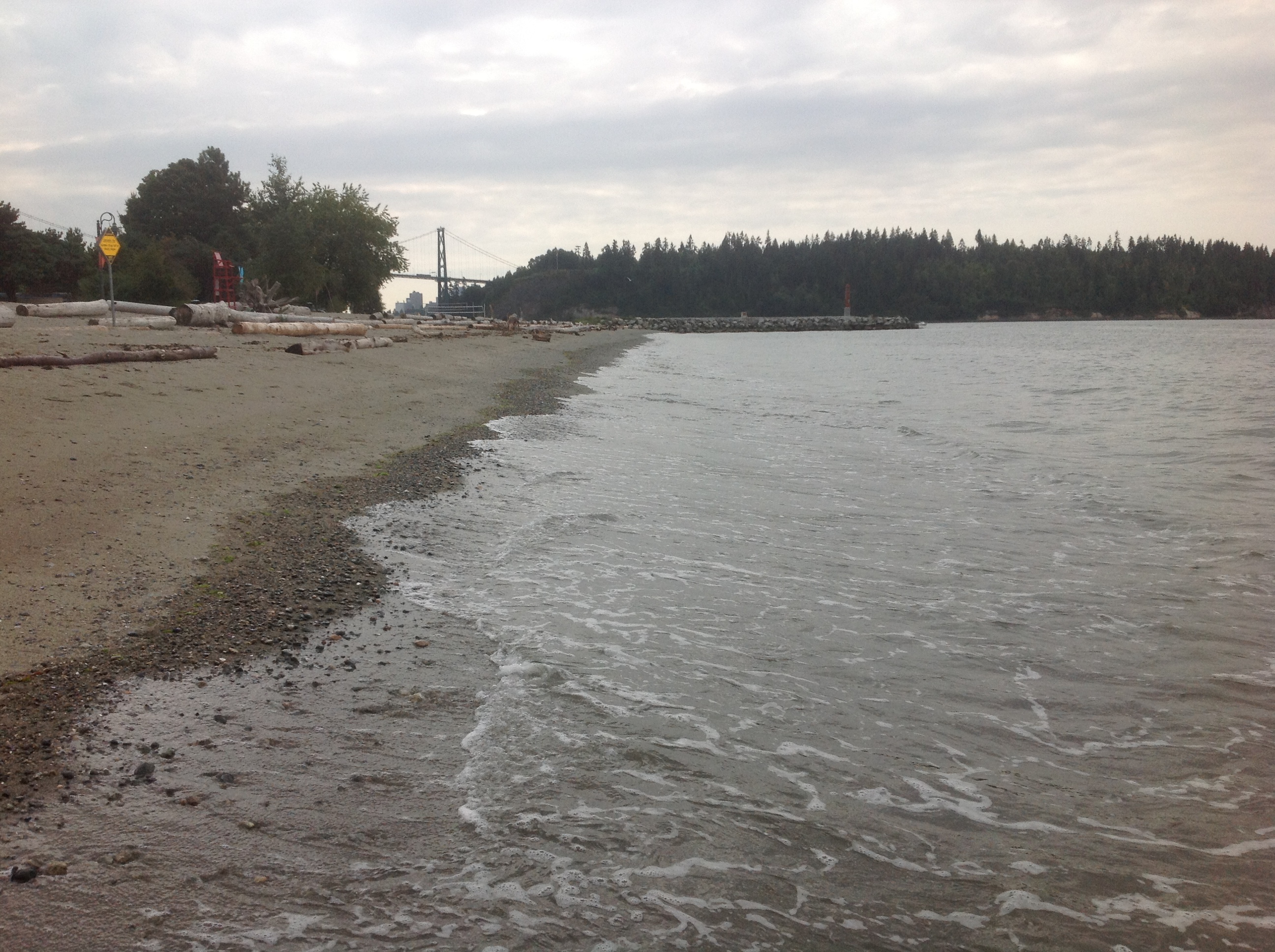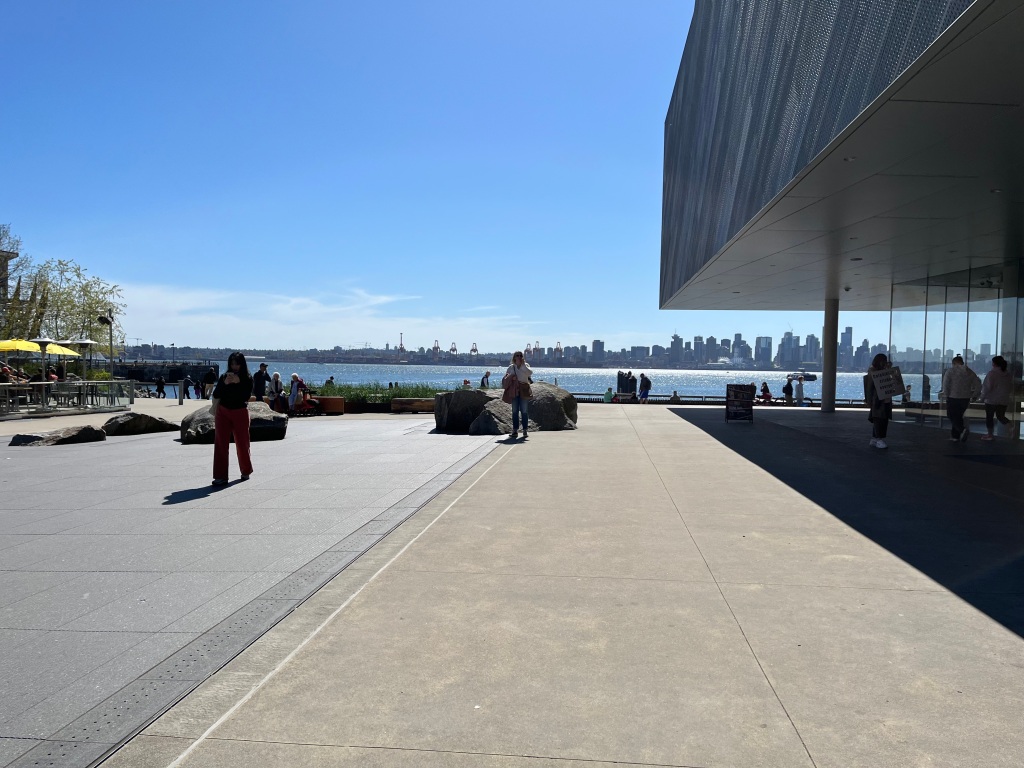
“Floribunda Rose Sentimental, (the painter’s flower)” Phone Photo, DS
. . .
McFague, Sallie. A New Climate for Theology: God, the World, and Global Warming. Minneapolis, MN: Fortress Press, 2008.
445 Words
We are approaching the tipping point in global temperature that will change the basic condition for the flourishing of life . . . demand[s] a conversion from our greedy consumer-oriented culture . . . (1)
I want to suggest that theology within the context of climate change must focus on deconstructing and reconstructing two key doctrines: who we are and who God is. (2)
What would the worship of God and service to our neighbour look like in a postmodern, climate-change context? (4)
Every Christian is a theologian . . . unconscious or implicit theologies are very powerful. They control many of our decisions and actions . . . (5)
The best science is telling us that climate unpredictability, runaway heat, uncontrolled melting, and other dire events lie in our future . . this is the truth we must face up to. (17)
People like us, must find abundant life without consuming too much. (19)
The northern richer countries will suffer fewer adverse consequences . . . (20)
There is no permanent escape from our common fate –– we all must breathe the same air. (22)
We are the enemy: our beliefs about who we are and what we are entitled to are as much at fault as institutions that control trade and make war . . . We need to suggest a radically different paradigm for our place. (25)
“A different world is possible.” Many things were meant by that slogan, but one important thread was an embrace of a communitarian rather than an individualistic view of humanity. (29)
Creation is allowed to take center state a few times a year. But the well-being of the whole of God’s creation is not seen as part and parcel of the gospel message. (32)
We must live a limitation of “enoughness,” indeed, of sacrifice. Discipleship for well-off contemporary Christians means cruciform living: living in solidarity with those who are oppressed and suffering. (35)
[Jesus’] suffering was in order to open our eyes to the way of the cross, the way in which we all must live so that creation may flourish. (39)
We have the ability to be either for or against the rest of nature. (47)
Everything is related to everything else. (50)
[If] we would feel awe and care about our planet, it would be similar to the difference between imagining the world as a hotel and imagining as a home . . . Ecological literacy is basic survival knowledge. (53)
It is a vision of just, sustainable abundance. (57)
This strange reversal –– losing one’s life to save it –– is also the sensibility that is needed if our planet is to survive and prosper. (138)

